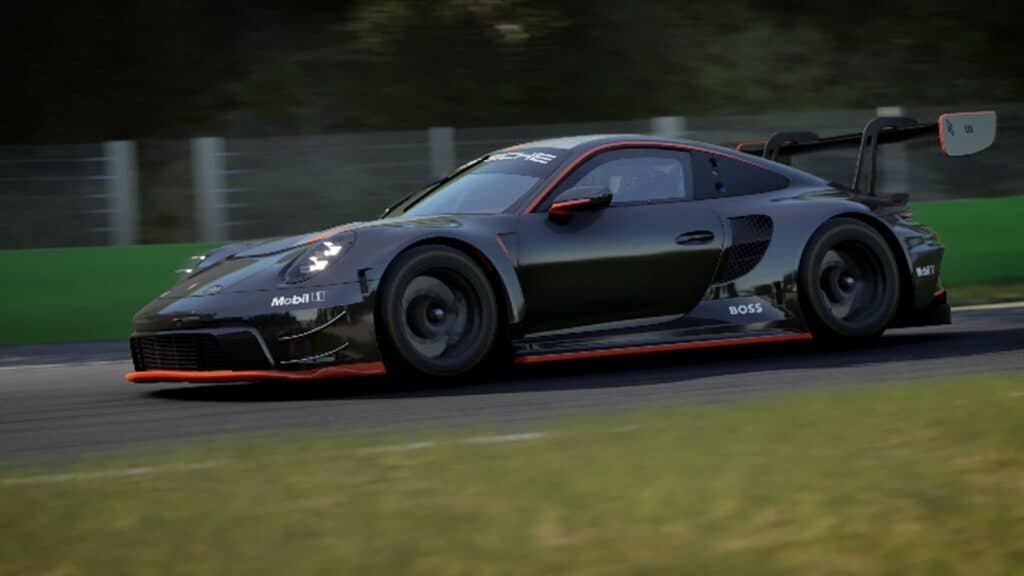A substantial update to Assetto Corsa Competizione is slated to release alongside the upcoming 2023 GT World Challenge DLC, and with it comes a vast number of changes to the overall physics of the racing simulation by Kunos Simulazioni and 505 Games.
The Version 1.9 update is the first dramatic physics update since November 2021’s aptly titled ‘Version 1.8’.
Aristotelis Vasilakos, the Head of Vehicle and Handling R&D at Kunos Simulazioni, took to his YouTube channel on Saturday to showcase the new Tyre Physics that will be included in ACC v19.9. Those physics changes will affect and update areas such as tyre pressure and tyre temperature ranges.
Tyre pressure range and flex changes
In short, the pressures will have a wider window to work in, where it works more realistically with the alignment as well to give tires more or less flex, traction, movement, lateral support and how much heat gets generated in different places on tyres.
In theory, being able to find ‘perfect’ grip at 26.5psi should no longer be possible.

How the tyre flexes will become more prominent. Using different pressures front-to-rear can increase stability or assist with rotation.
In theory, a high-speed, high-downforce, corner requires higher pressures to offer more support and less tyre flex. A slow-speed, low-downforce, corner requires a lower pressure to provide more flex, thus helping the car pivot. It’s up to you to find the sweet spot.

Tyre temperature range tweaks
There’s now a marginally wider tyre temperature range, with a core of 70°C-100°C, but potential flash lows of 50°C and highs of 120°C.
This means monitoring the difference between outside and inside temperatures is as pivotal as ever, with suspension alignment – camber and toe – being the main impact on temperatures across the tyre surface.
High negative toe set-ups banished
The revised tyre model works with changes to alignment in symbiosis, with updates that will influence each tyre differently on the car.
As a result, according to Aris, there will be greater vehicle rotation under acceleration, meaning set-ups with negative toe should be banished.

Thanks to the aforementioned tyre temperature tweaks, set-ups with ridiculously high negative toe or camber values should overheat the tyres, negating any advantage.
For example, a high negative toe value should now overheat the inside of the tyre, while simultaneously, the outside of the tyre will become too cold.
As confirmed in the stream, this affects all tyres across all vehicle types within Assetto Corsa Competizione.

“Negative toe is unrealistic, too much negative toe shouldn’t give the performance advantage that it is giving in version 1.8,” explained Vasilakos.
“That’s not to say some [real world] teams don’t use negative toe occasionally or in some situations, but they keep it in very small numbers and usually they don’t even think about it because you can gain rotation in other areas.
“We’re not going and saying ‘we limited the negative toe’ and that’s it. If we’d done so, we would have never found out the limitations of our physics engine.
“Now we know this and we’ve tried to overcome it and try to make it more realistic.”
For now, the Version 1.9 update is PC-only, alongside the latest DLC, with consoles expected to follow at a later date.

Of course, these are just the high-level overview points, our main takeaways. Watch Aris’ full stream, embedded above, for the detailed breakdown and also read about the revised damping and bump stop performance that will change the way you drive over kerbs.





Chat with the Community
Sign Up To CommentIt's completely Free